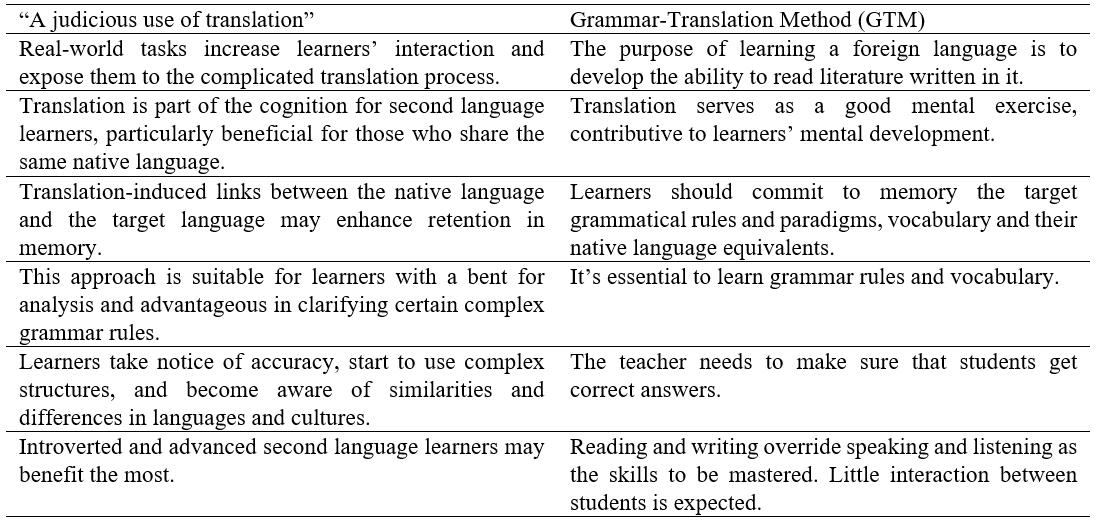A Retrospective View of Using Translation in Chinese Teaching
Abstract
For non-native Chinese speaking adult immigrants, learning Chinese as a second language with the help of translation is cognitively natural. Such learners, already versed in their mother tongue, can well justify themselves to have “the ability to move appropriately between languages” when translation can be seen as a natural language skill to use, often being used with these learners’ scant awareness. Moreover, what goes on in learners’ mind is an on-going process that not only draws on analytical and associative resources but also a more elaborated analysis of the new input in an effort to turn the input into intake. Meanwhile, translation is a communicative tool that both the teacher and students find it practical to use in a class. Understanding how to maximize this tool to enhance learners’ learning becomes indispensable. The present investigation focuses on classroom observation of two classes where non-native speakers of different proficiency take Chinese lessons for three months. Both teacher-learner and learner-learner interaction indicates translation is a handy medium that learners use to assist learning a new language. Learners with the same language background readily use their mother tongue to help one another grasp the linguistic concepts under study. Other than that, English serves as a common denominator for the interaction between a teacher and his/ her learners.


This work is licensed under a Creative Commons Attribution 4.0 International License.
Copyright for this article is retained by the author(s), with first publication rights granted to the journal.
This is an open-access article distributed under the terms and conditions of the Creative Commons Attribution license (http://creativecommons.org/licenses/by/4.0/).








1.png)

















